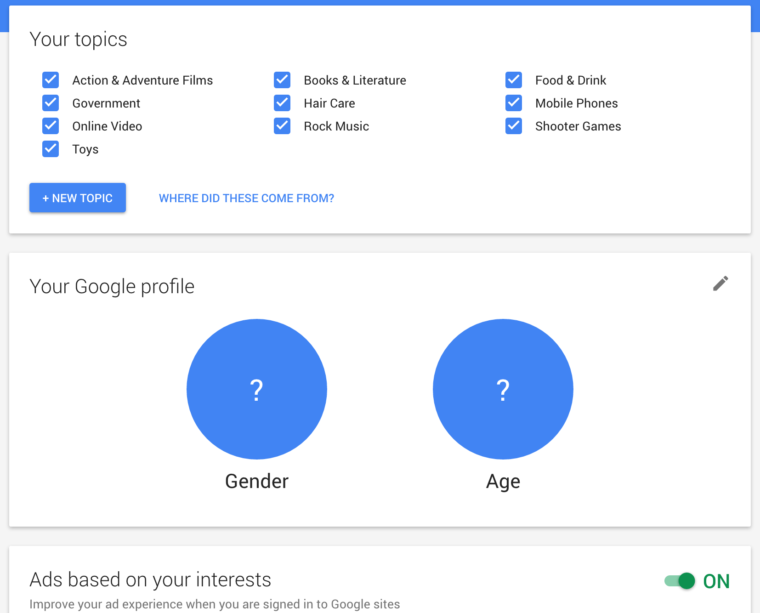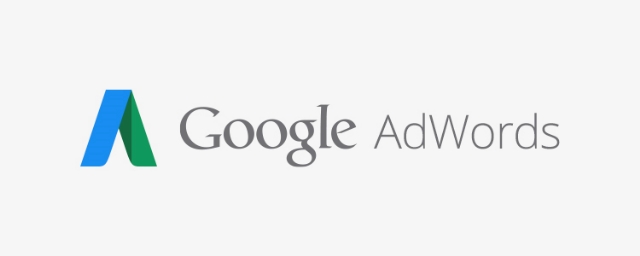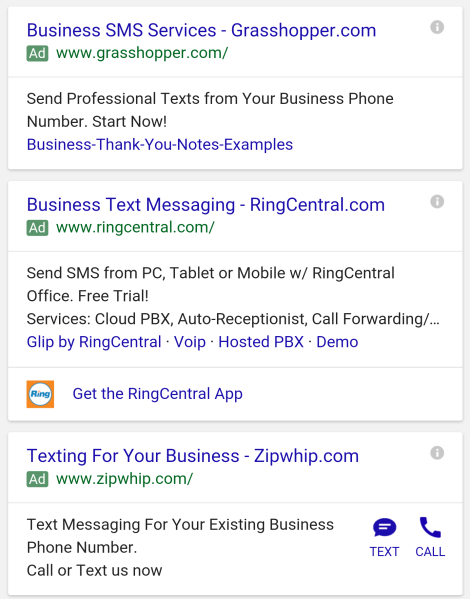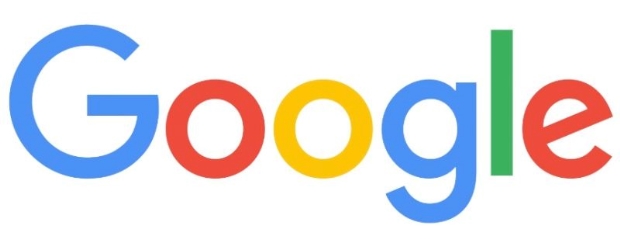
If you’re a business that publishes content on Facebook, you have good reason to be frustrated. This week, the company announced they’d be de-emphasizing publisher-posted content in users’ news feeds in order to better highlight posts from friends and family, which means it will be even more difficult to break through to a wider audience. But, new data from SocialFlow may show there is still a way to reach tons of users through Facebook.
According to SocialFlow’s report, video content shared across Facebook is outperforming almost any other type of content when it comes to content reach. The social analytics company shares more than half a million stories each month to Facebook and other social networks on behalf of publishers.
SocialFlow recently analyzed 30 days of video content to gauge the total reach, likes, and shares in comparison to other types of content. What they found showed that while other types of content are drastically dropping in reach across the network, video is actually going up.
SocialFlow presented their findings via Facebook Live this week, showing that video made up just 0.9 percent of all posts but accounted for 7.15 percent of reach, 5.2 percent of likes, and 11.1 percent of shares. Of course, the company cautioned that the results don’t represent all publishers, it may mean some are actually seeing even better performance.
“It’s clear that media companies are increasingly turning to video to maximize their reach and audience engagement,” SocialFlow CEO Jim Anderson told Adweek. “We’ve heard plenty of anecdotal reports of strong video performance, and now we have the data to back up the anecdotes.”
The data also excluded Facebook Live video, which is being strongly promoted by the social network – Facebook has even started paying some publishers large amounts of money to encourage use of the format. Anderson also said he “wouldn’t be surprised” to see video posts grow to account for 5 to 10 percent of total post volume within the next six to 12 months.
The findings show that while many brands and advertisers have been slow to take up Facebook Video, those that have are seeing promising results that suggest it may be the next big thing for publishers stymied by dropping reach through traditional content formats.















